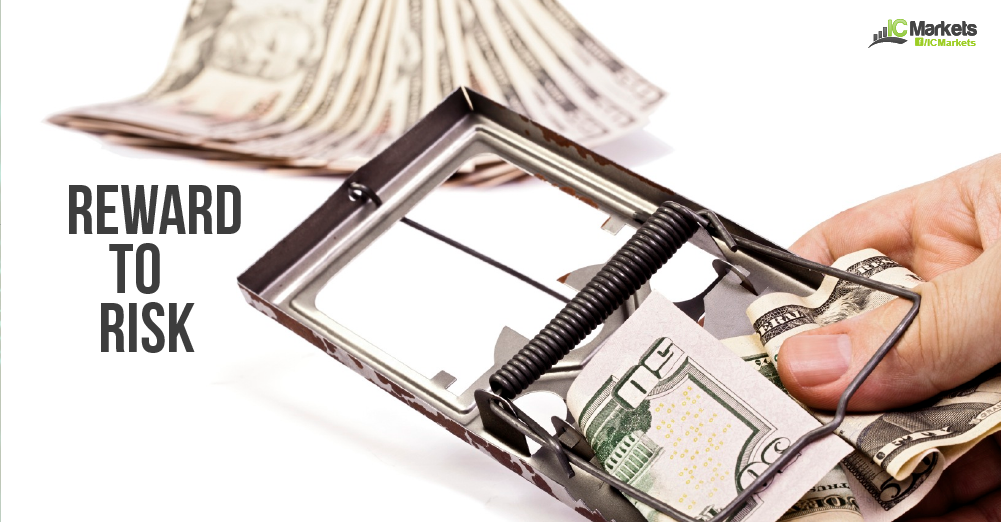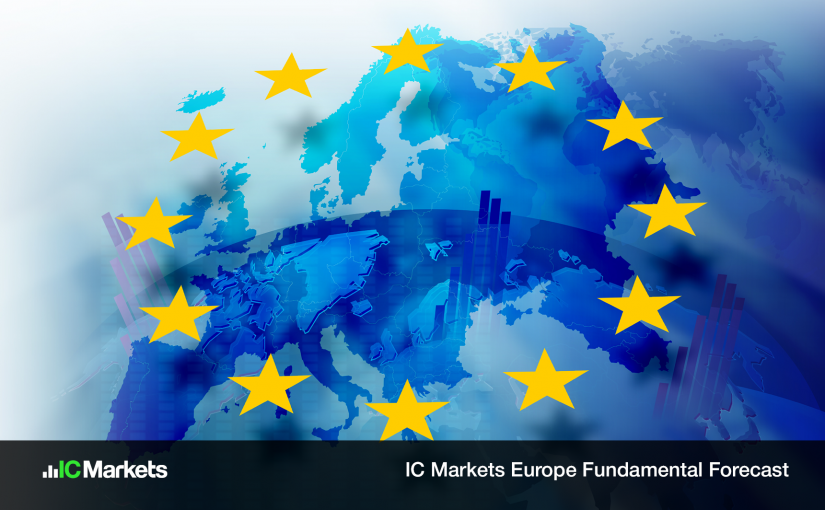As mentioned in the earlier sections, reward-to-risk, win ratio, and expectancy comprise an important aspect of risk management.
Reward-to-risk or return-or-risk refers to the ratio of the potential win on one’s trade compared to the predetermined maximum loss. This is typically calculated based on the number of pips for one’s profit target divided by the number of pips for one’s stop loss.
For example, if you are going long GBP/USD at 1.7000 with a 100-pip stop and a profit target at 1.7300, your reward-to-risk ratio on this trade is 3:1. If you are shorting USD/JPY at 100.00 with a stop at 100.50 and a profit target at 95.00, your return-on-risk for this trade is 10:1.
Regardless of how much of your account your risk on a particular trade, the reward-to-risk is always based on the ratio of the profit target to your stop loss. Even if you risk 0.25% on a short USD/JPY trade at 100.00 or 1% of your account, if your stop is at 101.00 and your target is at 96.00, your reward-to-risk for both scenarios is 4:1.
It is important to pay attention to your reward-to-risk when taking trade setups to ensure that your winners are larger than your losing trades. It is generally recommended that trades must have at least 1:1 reward-to-risk. For some traders, they prefer taking trades that are at least 2:1 to make sure that they can make up for consecutive losing trades with fewer winning trades.
Another important aspect of risk management is the win ratio. This refers to the percentage of winning trades among all trades taken. For example, if you were able to take a total of 100 trades and won 60 of them, your win ratio or percentage is 60%.
Improving one’s win ratio involves conducting fundamental and technical analysis in order to determine which setups have a higher probability of turning out to be winners. This also requires consistency and proper execution of your trade plans. Combined with decent reward-to-risk ratios of at least 1:1 on each trade, you can be able to maximize your profitability in the longer run.
This is where the concept of expectancy comes in. Having a high win ratio doesn’t necessarily guarantee longer-term trading success if your winning trades are often much smaller than your losing trades. An 80% win ratio isn’t a guarantee of consistent profitability if your average win is at $10 while your average loss is at $200.
Expectancy takes into account your average reward-to-risk on your trades and juxtaposes it with your win ratio. In other words, it gives you an amount you stand to gain or lose for each dollar of risk. This is calculated by taking the product of your average winning trade and your win ratio then subtracting the product of your average losing trade and your probability of losing.
With a positive expectancy, you are able to add gradually to your account in the long run. With a negative expectancy, you wind up gradually depleting your account.
For instance, if a trader has a win ratio of 40% with an average win of $250 and an average loss of $100, the expectancy is $40. This means that he is able to add an average of $40 to his account for every trade taken.
On the other hand, if a trader has a win ratio of 60% with an average win of $100 and an average loss of $200, then his expectancy is -$20. This means that he is actually subtracting an average of $20 from his account for every trade taken.





